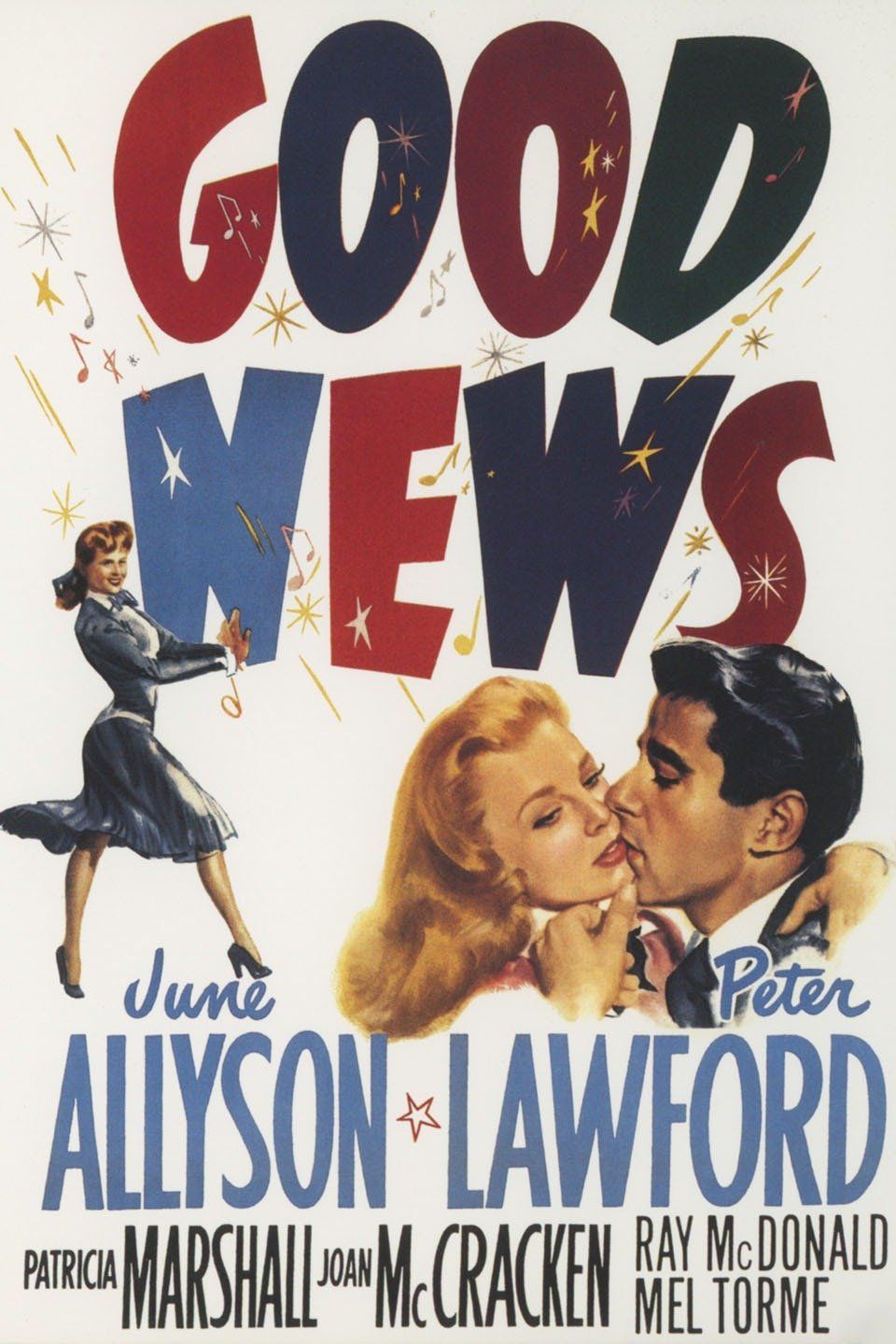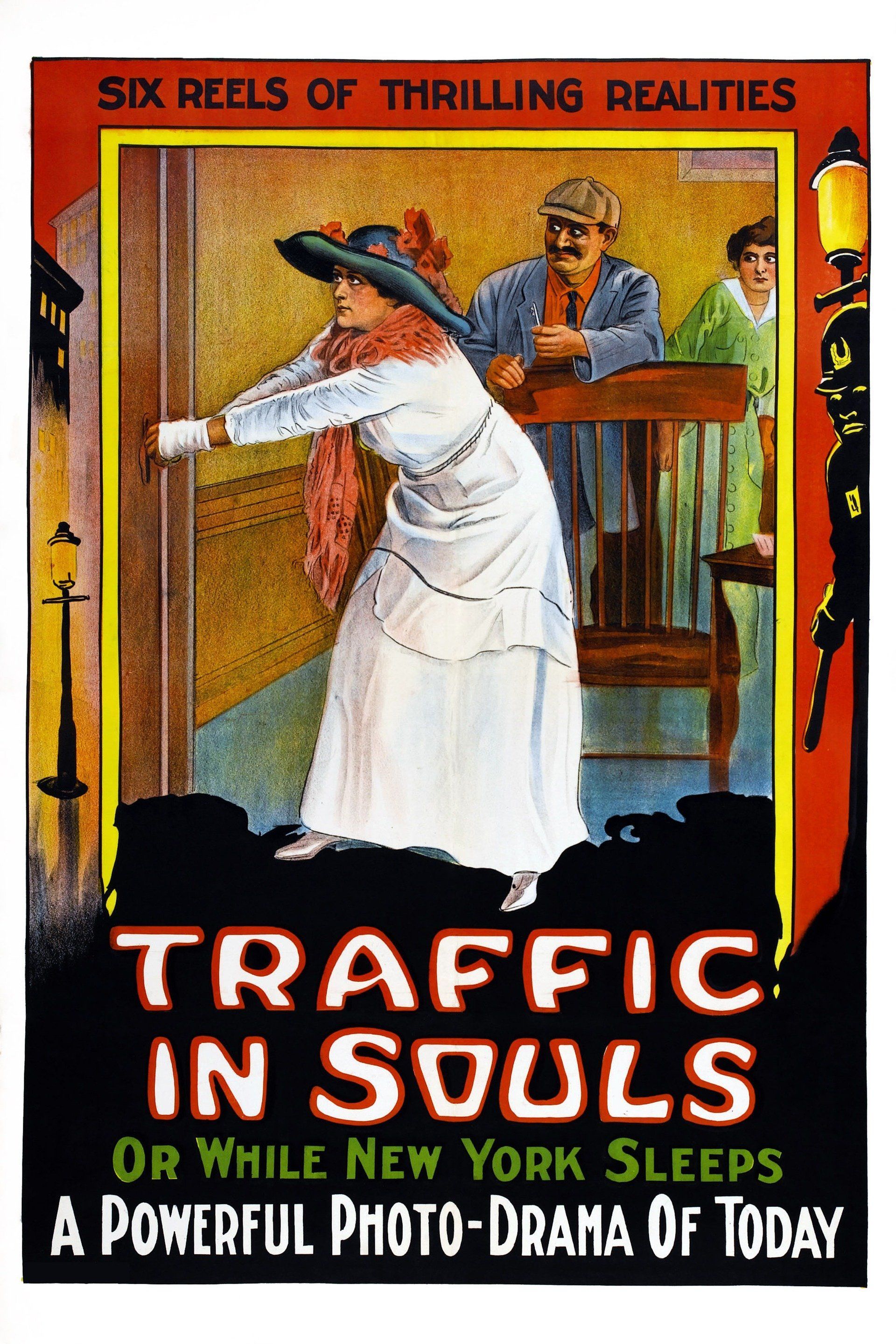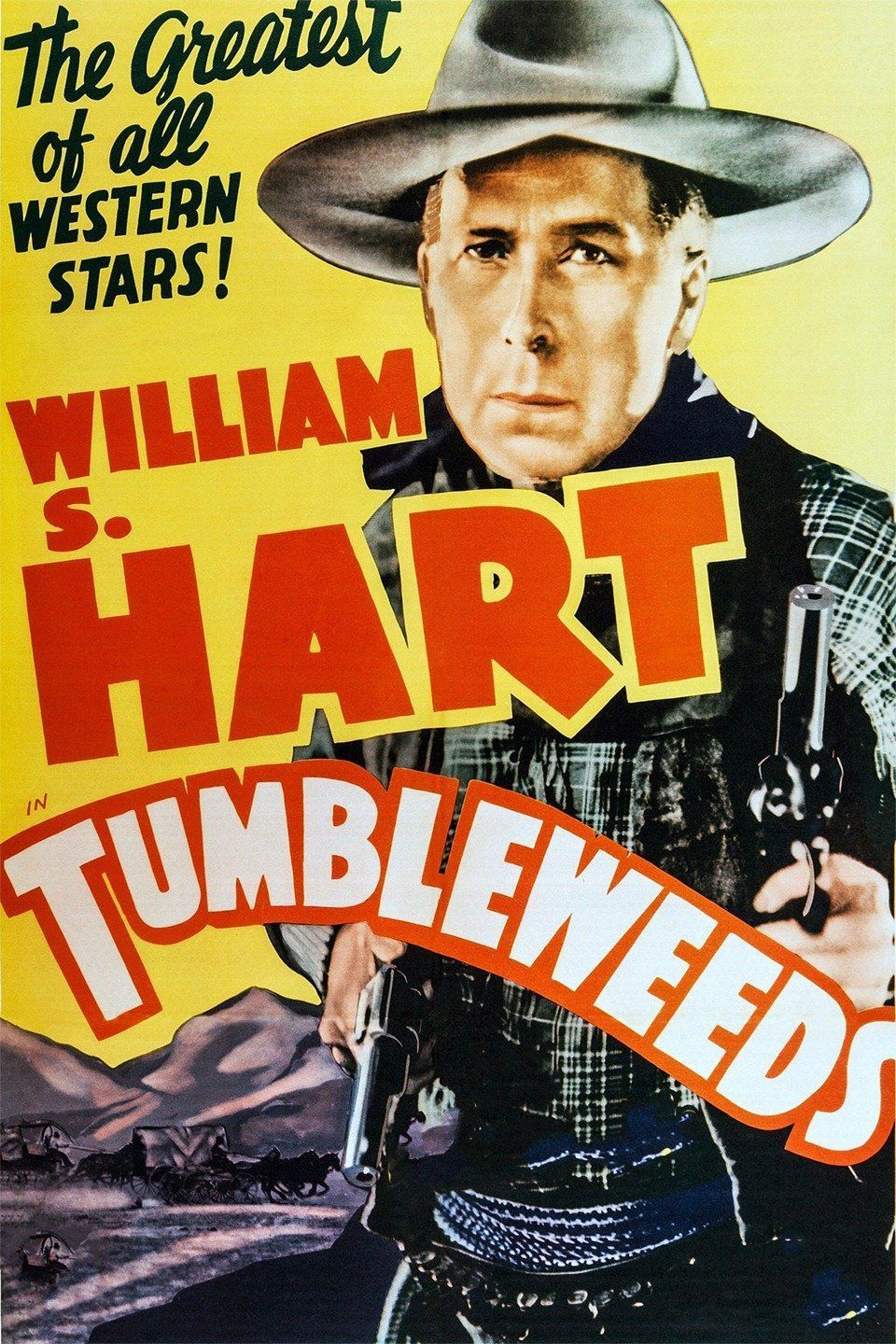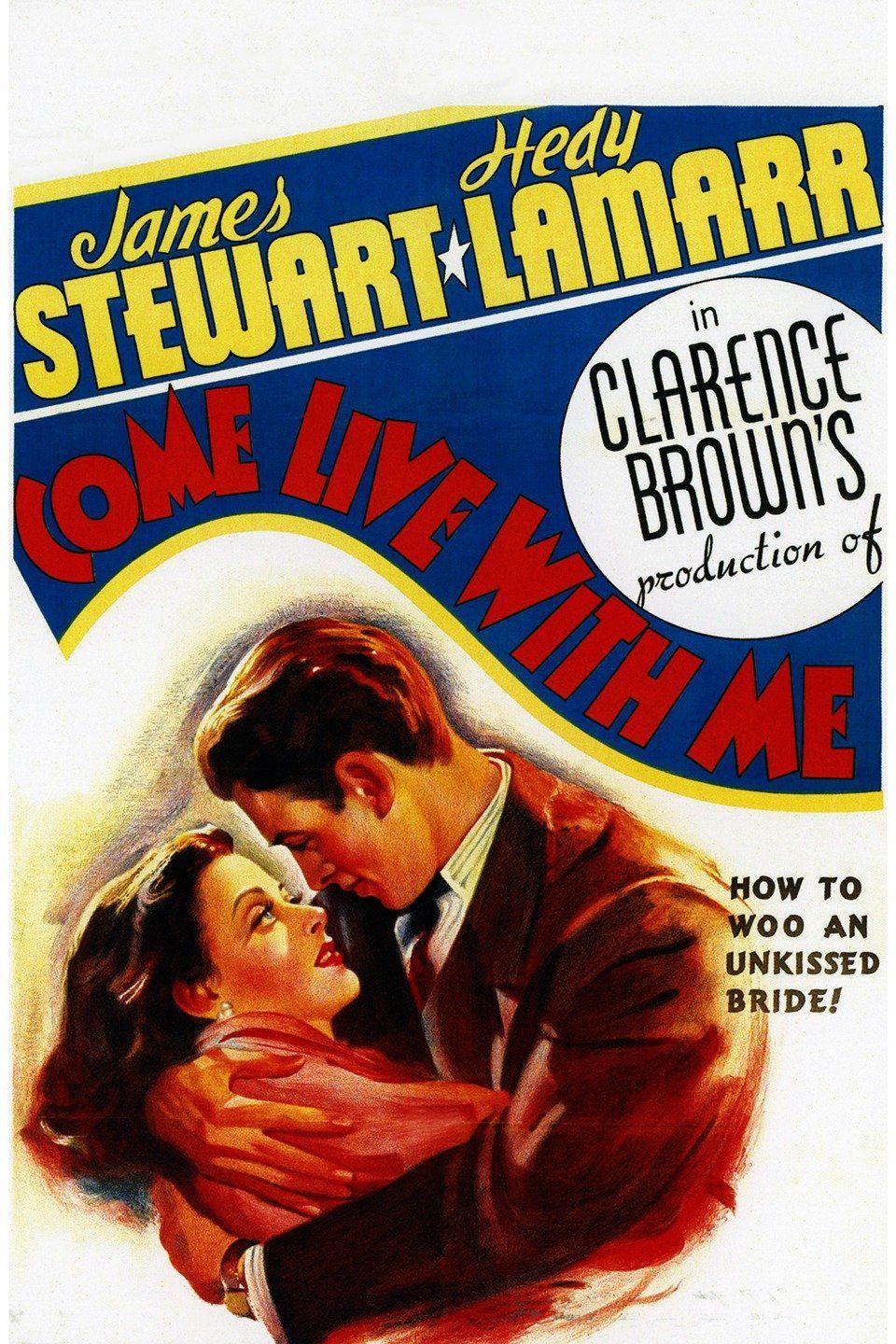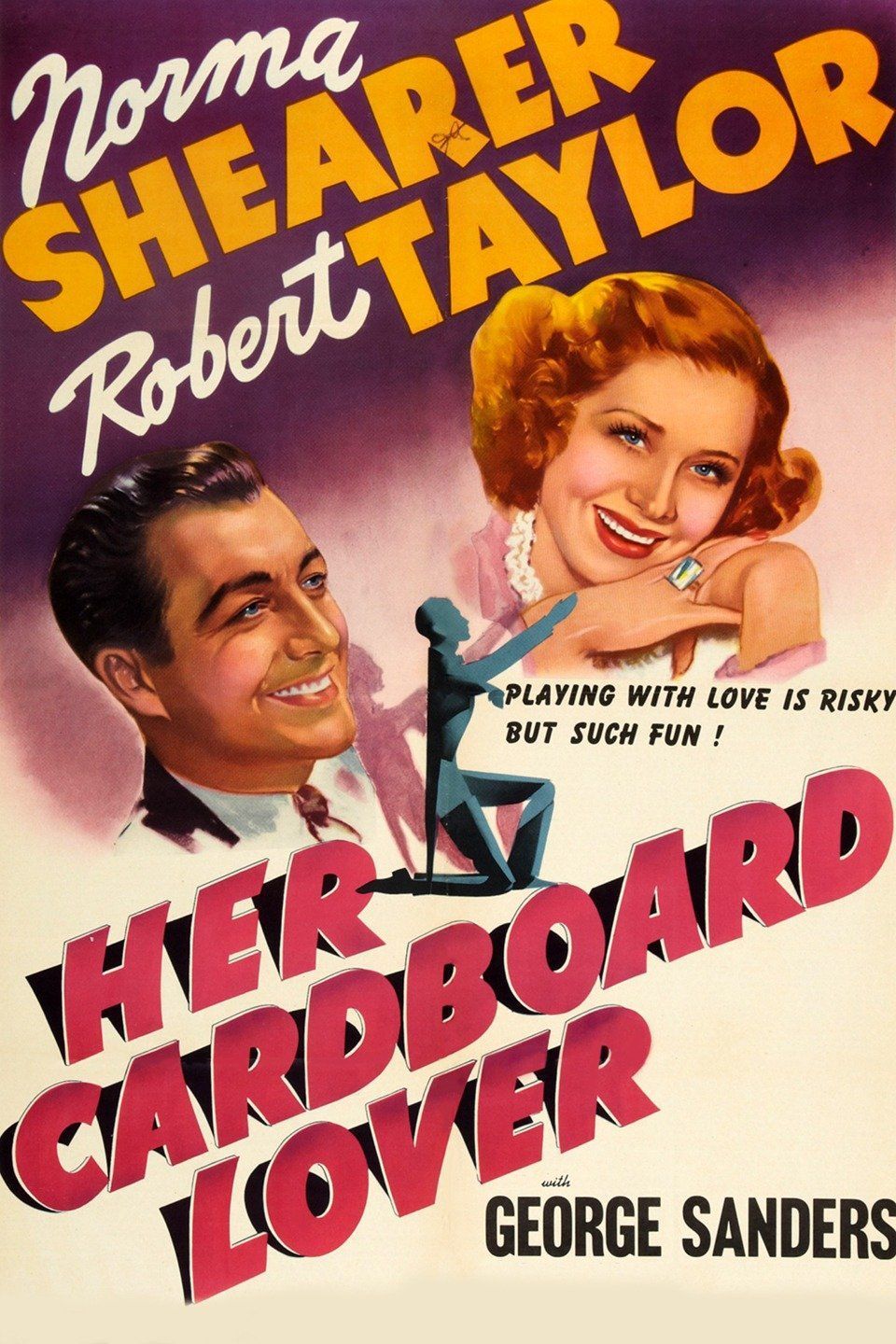KB
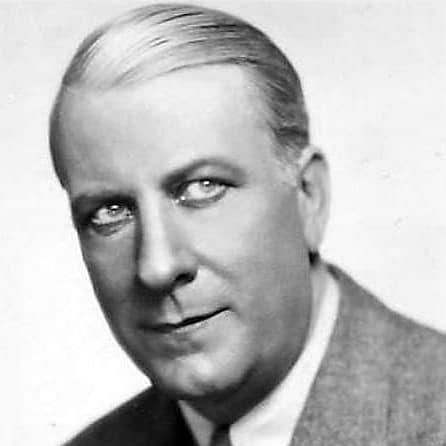
King Baggot
Actor, Director, Producer, Additional Credits
Born November 6, 1879Died July 11, 1948 (68 years)
From Wikipedia, the free encyclopedia
William King Baggot (November 7, 1879 – July 11, 1948) was an American actor, film director and screenwriter. He was an internationally famous movie star of the silent film era. The first individually publicized leading man in America, Baggot was referred to as "King of the Movies", "The Most Photographed Man in the World", and "The Man Whose Face Is As Familiar As The Man In The Moon".
Baggot appeared in over 300 motion pictures from 1909 to 1947, wrote 18 screenplays, and directed 45 movies from 1912 to 1928, including The Lie (1912), Raffles: The Amateur Cracksman (1925), and The House of Scandal (1928). He also directed William S. Hart in his most famous western, Tumbleweeds (1925).
Among his film appearances, Baggot was best known for The Scarlet Letter (1911), Dr. Jekyll and Mr. Hyde (1913), and Ivanhoe (1913).
Baggot began his career on the stage, in a Shakespearean stock company, and toured throughout the U.S.
While acting in stock in St. Louis in 1909, he was cast as supporting player in the Schubert touring production of The Wishing Ring. When The Wishing Ring closed in Chicago, Baggot returned to New York to join another company. Upon a chance meeting with Harry Solter, who was directing movies for Carl Laemmle at Independent Moving Pictures Company (IMP), he was persuaded to go with Solter to the studio. Baggot became interested in the fledgling industry and decided to turn picture player.
His first film was the romance short The Awakening of Bess (1909) opposite Florence Lawrence. It was directed by Harry Solter, her husband, at IMP in Fort Lee, New Jersey. At a time when screen actors worked anonymously, Baggot and Lawrence became the first "movie stars" to be given billing, a marquee, and promotion in advertising.
Baggot starred in at least 42 movies opposite Lawrence from 1909 to 1911. In the latter year, he starred in at least 16 movies with Mary Pickford.
He also began writing screenplays and directing, all the while becoming a major star internationally. When he appeared "in person" at theatres he was mobbed at stage doors.
By 1912, he was so famous that when he took the leading part in forming the prestigious Screen Club in New York, the first organization of its kind strictly for movie people, he was the natural choice for its first president.
King Baggot died in Los Angeles, California in 1948, age 68.
For his contributions to the film industry, Baggot received a motion pictures star on the Hollywood Walk of Fame in 1960. His star is located at 6312 Hollywood Boulevard.
William King Baggot (November 7, 1879 – July 11, 1948) was an American actor, film director and screenwriter. He was an internationally famous movie star of the silent film era. The first individually publicized leading man in America, Baggot was referred to as "King of the Movies", "The Most Photographed Man in the World", and "The Man Whose Face Is As Familiar As The Man In The Moon".
Baggot appeared in over 300 motion pictures from 1909 to 1947, wrote 18 screenplays, and directed 45 movies from 1912 to 1928, including The Lie (1912), Raffles: The Amateur Cracksman (1925), and The House of Scandal (1928). He also directed William S. Hart in his most famous western, Tumbleweeds (1925).
Among his film appearances, Baggot was best known for The Scarlet Letter (1911), Dr. Jekyll and Mr. Hyde (1913), and Ivanhoe (1913).
Baggot began his career on the stage, in a Shakespearean stock company, and toured throughout the U.S.
While acting in stock in St. Louis in 1909, he was cast as supporting player in the Schubert touring production of The Wishing Ring. When The Wishing Ring closed in Chicago, Baggot returned to New York to join another company. Upon a chance meeting with Harry Solter, who was directing movies for Carl Laemmle at Independent Moving Pictures Company (IMP), he was persuaded to go with Solter to the studio. Baggot became interested in the fledgling industry and decided to turn picture player.
His first film was the romance short The Awakening of Bess (1909) opposite Florence Lawrence. It was directed by Harry Solter, her husband, at IMP in Fort Lee, New Jersey. At a time when screen actors worked anonymously, Baggot and Lawrence became the first "movie stars" to be given billing, a marquee, and promotion in advertising.
Baggot starred in at least 42 movies opposite Lawrence from 1909 to 1911. In the latter year, he starred in at least 16 movies with Mary Pickford.
He also began writing screenplays and directing, all the while becoming a major star internationally. When he appeared "in person" at theatres he was mobbed at stage doors.
By 1912, he was so famous that when he took the leading part in forming the prestigious Screen Club in New York, the first organization of its kind strictly for movie people, he was the natural choice for its first president.
King Baggot died in Los Angeles, California in 1948, age 68.
For his contributions to the film industry, Baggot received a motion pictures star on the Hollywood Walk of Fame in 1960. His star is located at 6312 Hollywood Boulevard.
King Baggot Filmography
| 1998 | Universal Horror · as Cast |
| 1947 | |
| 1947 | Merton of the Movies · as Man In Audience (uncredited) |
| 1947 | My Brother Talks to Horses · as Bank Employee (uncredited) |
| 1946 | The Secret Heart · as Man At Graduation Ceremony |
| 1946 | The Postman Always Rings Twice · as Courtroom Spectator (uncredited) |
| 1946 | Courage of Lassie · as Courtroom Spectator |
| 1946 | |
| 1945 | Bud Abbott and Lou Costello in Hollywood · as Barbershop Patron (uncredited) |
| 1945 | Our Vines Have Tender Grapes · as Churchgoer |
| 1945 | Dangerous Partners · as Lunch Room Customer (uncredited) |
| 1945 | The Clock · as Man In Subway |
| 1944 | Barbary Coast Gent · as Townsman |
| 1944 | An American Romance · as Graduation Ceremony Attendee |
| 1943 | Girl Crazy · as Man With Newspaper |
| 1943 | Swing Fever · as Nightclub Patron (uncredited) |
| 1943 | A Stranger in Town · as Courtroom Spectator |
| 1943 | Three Hearts for Julia · as Daily Globe Staff Member |
| 1943 | Presenting Lily Mars · as Restaurant Patron |
| 1943 | Air Raid Wardens · as Townsman At Meeting |
| 1943 | Assignment in Brittany · as Peasant In Church |
| 1942 | We Were Dancing · as Courtroom Spectator |
| 1942 | Tish · as Man On Street |
| 1942 | Fingers at the Window · as Psychiatrist At Lecture (uncredited) |
| 1942 | A Yank at Eton · as Man On The Street |
| 1942 | Her Cardboard Lover · as Police Officer In Courtroom (uncredited) |
| 1942 | Jackass Mail · as Old Miner |
| 1942 | Sunday Punch · as Boxing Spectator |
| 1942 | Rio Rita · as Hotel Guest (uncredited) |
| 1942 | The Vanishing Virginian · as Courtroom Spectator |
| 1941 | Honky Tonk · as Townsman (uncredited) |
| 1941 | The Big Store · as Store Employee (uncredited) |
| 1941 | The People vs. Dr. Kildare · as Man In Restaurant |
| 1941 | Ziegfeld Girl · as Man In Audience (uncredited) |
| 1941 | The Penalty · as Man In Bank |
| 1941 | Rage in Heaven · as Juror |
| 1941 | Come Live with Me · as Doorman |
| 1940 | The Philadelphia Story · as Wedding Guest (uncredited) |
| 1940 | Gallant Sons · as Man On Street / Man In Audience (uncredited) |
| 1940 | Bitter Sweet · as Cafe Patron (uncredited) |
| 1940 | Hullabaloo · as Man In Audience |
| 1940 | The Ghost Comes Home · as Townsman At Banquet (uncredited) |
| 1940 | I Take This Woman · as Man In Subway (uncredited) |
| 1939 | Dancing Co-Ed · as Man In Casting Office (uncredited) |
| 1939 | Miracles for Sale · as Magic Show Audience Member |
| 1939 | They All Come Out · as Convict |
| 1939 | Stronger Than Desire · as Juror (uncredited) |
| 1939 | 6,000 Enemies · as Guard |
| 1939 | Tell No Tales · as Gambling Casino Patron |
| 1939 | The Ice Follies of 1939 · as Man In Audience (uncredited) |
| 1939 | Burn 'Em Up O'Connor · as Race Track Spectator |
| 1938 | Sweethearts · as Theatregoer |
| 1938 | Stablemates · as Bettor |
| 1938 | Too Hot to Handle · as Reporter (uncredited) |
| 1938 | Boys Town · as Derelict In Mission (uncredited) |
| 1938 | Marie Antoinette · as Nobleman At Court (uncredited) |
| 1938 | The Crowd Roars · as Boxing Match Spectator |
| 1938 | The Toy Wife · as Dinner Guest |
| 1938 | Arsène Lupin Returns · as Detective (uncredited) |
| 1938 | Love Is a Headache · as Night Club Patron |
| 1938 | Man-Proof · as Boxing Spectator |
| 1937 | A Night at the Movies · as Movie Patron (uncredited) |
| 1937 | Big City · as Detective |
| 1937 | Broadway Melody of 1938 · as Magazine Stand Proprietor |
| 1937 | The Emperor's Candlesticks · as Customs Official (uncredited) |
| 1937 | A Day at the Races · as Racetrack Official Starter |
| 1937 | Parnell · as Man In Office |
| 1937 | A Family Affair · as Convention Delegate |
| 1937 | Man of the People · as Man At Picnic |
| 1936 | Mad Holiday · as Film Director (uncredited) |
| 1936 | Sworn Enemy · as Accident Witness (uncredited) |
| 1936 | The Devil-Doll · as Detective Pierre (uncredited) |
| 1936 | San Francisco · as Earthquake Survivor (uncredited) |
| 1936 | We Went to College · as Hotel Waiter |
| 1936 | Speed · as Dinner Guest |
| 1936 | Next Time We Love · as Character Man |
| 1936 | The Adventures of Frank Merriwell · as Chemistry Professor |
| 1935 | A Night at the Opera · as Dignitary (uncredited) |
| 1935 | Chinatown Squad · as Patrol Wagon Guard |
| 1935 | The Call of the Savage · as Dr. Pierce |
| 1935 | Mississippi · as Gambler (uncredited) |
| 1935 | Night Life of the Gods · as Lobby Extra |
| 1934 | Father Brown, Detective · as Priest (uncredited) |
| 1934 | Tailspin Tommy · as Airplane Inspector [ch. 1] |
| 1934 | The Red Rider · as Townsman |
| 1934 | The Black Cat · as Cultist |
| 1934 | Beloved · as Second Doctor |
| 1933 | Only Yesterday · as Cast |
| 1933 | I Loved a Woman · as Banker (uncredited) |
| 1933 | Skyway · as Aggressive Carnival Troublemaker |
| 1932 | The Death Kiss · as Al Payne |
| 1932 | Afraid to Talk · as Police Officer (uncredited) |
| 1932 | The Big Flash · as Hinkle |
| 1932 | What Price Hollywood? · as Department Head (uncredited) |
| 1932 | Police Court · as Harry Field |
| 1931 | Graft · as Ship's Captain |
| 1931 | Sweepstakes · as Mike - Weber's Trainer |
| 1931 | Bad Sister · as Policeman On Street (uncredited) |
| 1914 | Across the Atlantic · as Wilbur Norton |
| 1914 | The Blood Test · as Walter Johnson |
| 1914 | The Flaming Diagram · as Erickson, Jr. |
| 1914 | The Box Couch · as The Husband |
| 1913 | The Child Stealers of Paris · as Banker |
| 1913 | Ivanhoe · as Wilfred Of Ivanhoe |
| 1913 | The Comedian's Mask · as The Comedian |
| 1913 | The Heart That Sees · as The Optician |
| 1913 | The Rise of Officer 174 · as Officer 174 Aka Officer Benton |
| 1913 | Dr. Jekyll and Mr. Hyde · as Dr. Henry Jekyll / Mr. Hyde |
| 1913 | Dr. Bunion · as Dr. Bunion |
| 1913 | Gold Is Not All · as Karl - The Composer |
| 1912 | A Happy Family · as First Husband |
| 1912 | The Castaway · as Joseph Lee - The Castaway |
| 1913 | Traffic in Souls · as Executive Producer |
| 2011 | Fragments: Surviving Pieces of Lost Films · as Himself (archive Footage) |
| 1981 | Beatlemania · as Director Of Photography |
| 1923 | The Darling of New York · as Story |
| 1923 | Crossed Wires · as Story |
